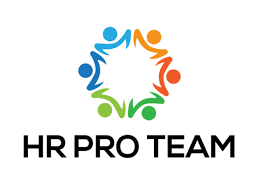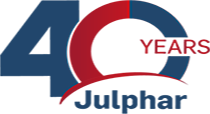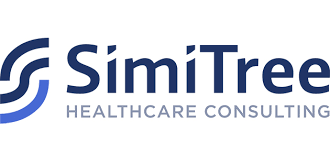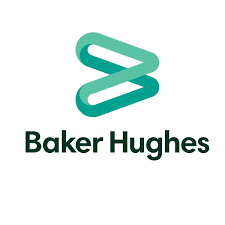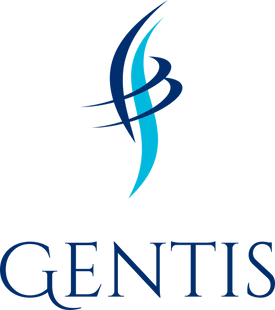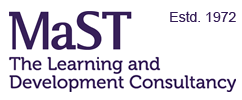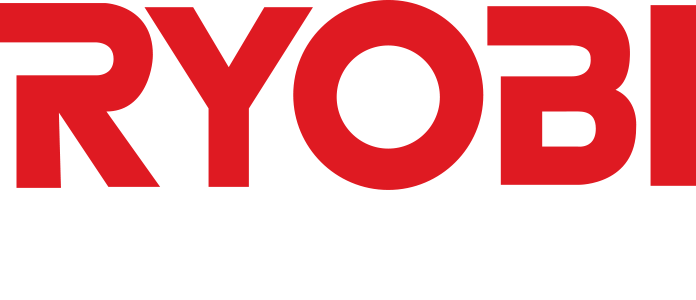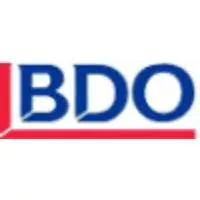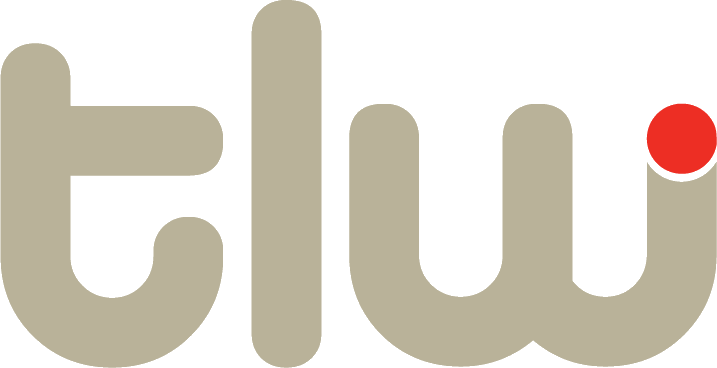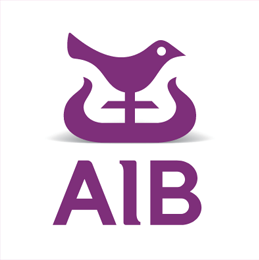Kaizen, which translates to “change for the better” in Japanese, is an important concept in business. It focuses on continuous process improvement and lean methodologies and involves all employees in an organization.
This guide will explore Kaizen’s background, rationale, theory, ways to implement it, and benefits.
Understanding Kaizen can help organizations improve efficiency, quality, and productivity.
What Is Kaizen?
Kaizen is a management philosophy focused on continual improvement. It involves setting standards and then continually improving those standards.
The goal of Kaizen is to eliminate waste and inefficiency from business processes.
Background On Kaizen
The concept of Kaizen originated in Japan following World War II. It was seen as a way for Japanese businesses to rapidly improve and catch up to Western companies.
Masaaki Imai’s 1986 book “Kaizen: The Key to Japan’s Competitive Success ” made Kaizen popular in the West. Today, organizations worldwide practice it.
Rationale Behind Kaizen
The rationale behind Kaizen is that minor, incremental improvements made continually over time lead to significant gains in quality and efficiency.
Kaizen does not require significant capital investments; it requires the commitment of management and employees to ongoing improvement efforts.
Theory Behind Kaizen
The theory of Kaizen is based on several fundamental principles:
- Focus on continuous improvement.
- Eliminate waste in business processes.
- Involve all employees in improvement efforts.
- Improvements do not require large capital investments.
- Small improvements accumulate into substantial benefits.
- Problems should be seen as opportunities for improvement.
7 Examples Of How To Use Kaizen
Here are 7 ways organizations can implement Kaizen:
- Form cross-functional Kaizen teams focused on improving specific processes.
- Set measurable improvement goals and standardized processes.
- Encourage employee suggestions through suggestion systems and meetings.
- Implement 5S workplace organization methodologies.
- Perform Gemba walks to observe processes and identify improvements.
- Conduct Kaizen events, bringing teams together to improve processes.
- Provide training on Kaizen principles and tools.
Features And Benefits Of Kaizen
Some key features and benefits of Kaizen include:
- Employee involvement and teamwork.
- Bottom-up communication.
- Focus on process, not results.
- Flexibility and adaptability.
- Low costs, high returns.
- Improved quality and efficiency.
- Reduced waste and costs.
- Higher productivity and morale.
Challenges With Kaizen
Some potential challenges with implementing Kaizen include:
- Resistance to change from employees.
- Lack of management commitment.
- Poor communication and engagement.
- Focusing too much on tools over philosophy.
- Insufficient training on Kaizen methods.
- Inconsistent standards and follow-up.
10 Ways To Use Kaizen Positively
Here are ten tips to ensure Kaizen is used effectively:
- Gain leadership commitment.
- Provide Kaizen training.
- Set measurable goals.
- Focus on customer needs.
- Involve all employees.
- Develop a culture of continuous improvement.
- Standardize processes.
- Communicate Kaizen successes.
- Review metrics and progress frequently.
- Recognize and reward participation.
Conclusion
Kaizen is a necessary and practical approach to driving positive business change.
By eliminating waste through continuous improvement, organizations can engage employees, improve quality and efficiency, and gain a competitive advantage.
While implementing Kaizen may present some challenges, proper leadership commitment can lead to substantial benefits over time.





![Lifetime Access To All 52 Workshop Packs [Sale Now On]](https://www.oakinnovation.com/wp-content/uploads/2022/06/10290706_820535214704824_4650298611476283600_n-1-jpg-350x250.webp)

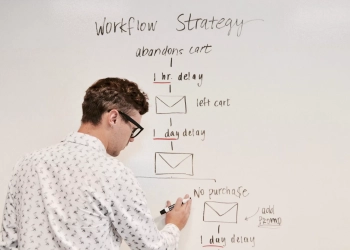


![Train Leaders Who Change Organisations — Without Spending Weeks Designing Material [Sale Now On]](https://www.oakinnovation.com/wp-content/uploads/2022/06/christopher-campbell-rDEOVtE7vOs-unsplash-1-scaled-jpg-350x250.webp)









